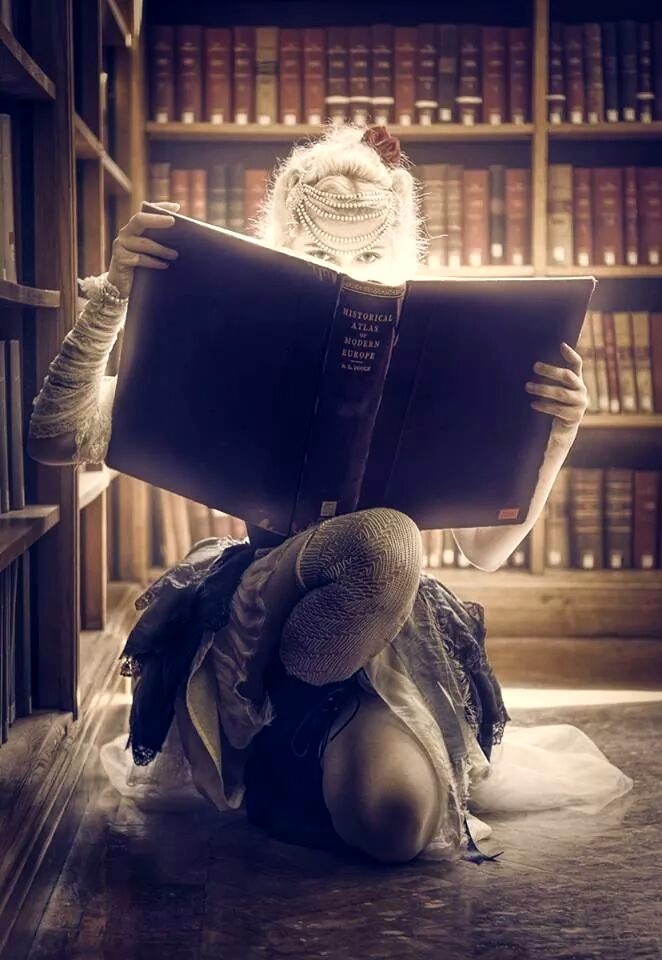wild and sometimes terrifying women
November 26, 2022
Fairy tales are the domain of women. In past centuries, the traditional European storytellers were women sitting at their hearths and spinning at their spinning wheels – spinning a yarn, if you will. Telling old wives’ tales.
The original fairy tales were not romantic children’s stories. Only very recently with Walt Disney have these raw and very ominous stories been reduced to little more than cute cartoons. Until the 17th century, fairy tales were adult entertainment, the way of passing a dark winter’s evening. Many older fairy tales are quite bawdy. Allocation of fairy tales to the nursery took place in the 18th century when the educated upper classes rejected the irrational and supernatural aspects of the tales in favor of a more rational and scientific world view, thus dismissing these tales as nonsense and only good for amusing young children.
Yet, as the enduring popularity of Clarissa Pinkola Estes’ Women Who Run with the Wolves attests, fairy tales are meaningful and relevant for contemporary women seeking deep guiding archetypes and images of female strength.
These centuries-old stories bristle with wild and sometimes terrifying women who possess amazing powers. The witches and sorceresses who inhabit the dark forests of fairy tales offer a stark and startling contrast to the innocent maiden protagonists….
Mary Sharratt – Through a Dark Forest: Fairy Tales as Women’s Stories
